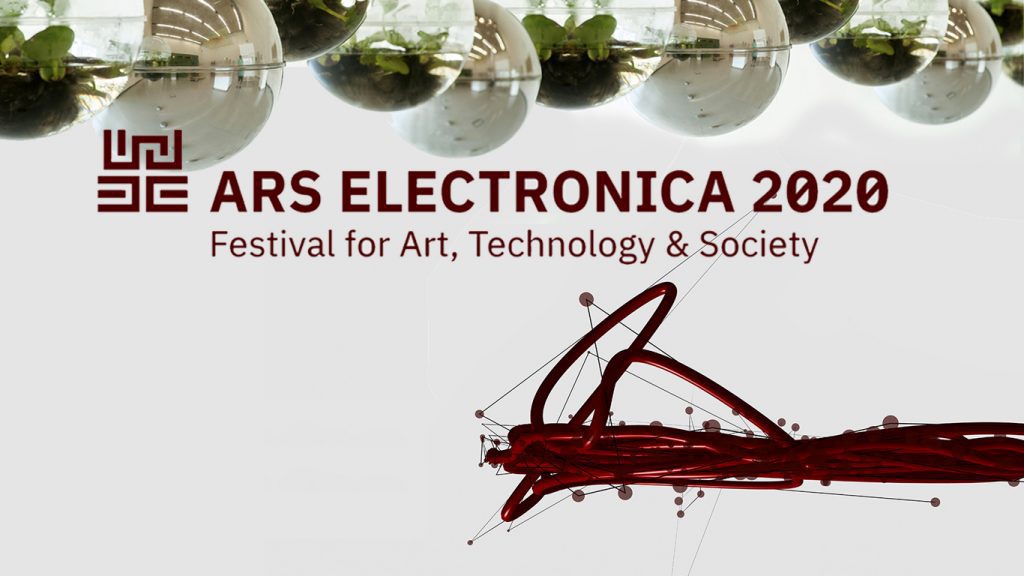The Nature of our Nature
Art contributes with its creativity to reflect outside of traditional protocols, to think “outside the box”. This represents an important component in multidisciplinary research groups where art becomes a fluid that connects these communicating vessels between the different areas of knowledge. The increasing complexity of the different disciplines makes us think of interdisciplinarity as a fundamental tool to generate a synergistic effect in which art cannot be absent. Art is usually one step ahead pointing to the future.
It is for this reason that Rabdomante and Glaciator are here in a “dialogue between two deserts”; they are faced with a challenge. Two different places, two different spaces and purposes but united in a single philosophical vision: how can art through technology give us a new vision of the human being?
The Latin American Bioart Laboratory explores more than 12 years of bioart in Argentina. From the “Biosphere Project”, a simple way of showing the fragility of the planet’s ecosystem, to “Colonia” that connects technology with biology, passing through “Cellular Seeds-Inexorable Futures” that generates a new type of technological life. < / span>
The “Complex Thinking Laboratory” tells us about what we learned from COVD-19 and if we think we can imagine a different society.
Students from the University of Buenos Aires in Argentina and the University of Puerto Rico, express their ideas on how to shape a new world for future generations.
The Garden, seeks to sensitize us in relation to our human condition and our relationship with the Earth, Gaia and Pachamama in our journey to discover the Nature of our Nature.
Curators: Valentino Catrical à / Natalia Matewecki
https://youtu.be/_iJtbtH7Tew
View virtual room in Mozilla Hubs (← click)
PROGRAM PART 1: Dialogue between deserts
Two robots located in two symbolic spaces: Rabdomante in the Atacama desert and Glaciator in Antarctica, try to sensitize us about our human condition and our relationship with Planet Earth.
¨Glaciator¨ – Artist: Joaquín Fargas (AR)
Glaciator is a robot born in Antarctica. Composed of solar panels, it helps to compact and crystallize the snow, turning it into ice and then adhering it to the glacial mass, allowing the glaciers to grow and recover the mass they lost as a result of the thaw.
¨Rabdomante¨ – Artist: Joaquín Fargas (AR), Design and realization: Elia Gasparolo (AR)
The combination of nature and technology allows the Rabdomancer to generate a new life cycle in the desert, obtaining water from the atmosphere in the driest place in the world.
PROGRAM PART 2: Latin American Bioart Laboratory
The Latin American Bioart Laboratory (LatBioLab) explores more than 12 years of bioart in Argentina.
¨Cellular Seeds, Inexorable Futures¨, Artist: Alejandra Marinaro (AR)
Cellular automata are mathematical applications that allow us to model natural systems. Viewers sow the initial seed of their system through an auditory or visual interface, and the cellular automaton is in charge of showing them the evolution of the world they chose to create. Go to web page
RELATED SITES
CONTACT

